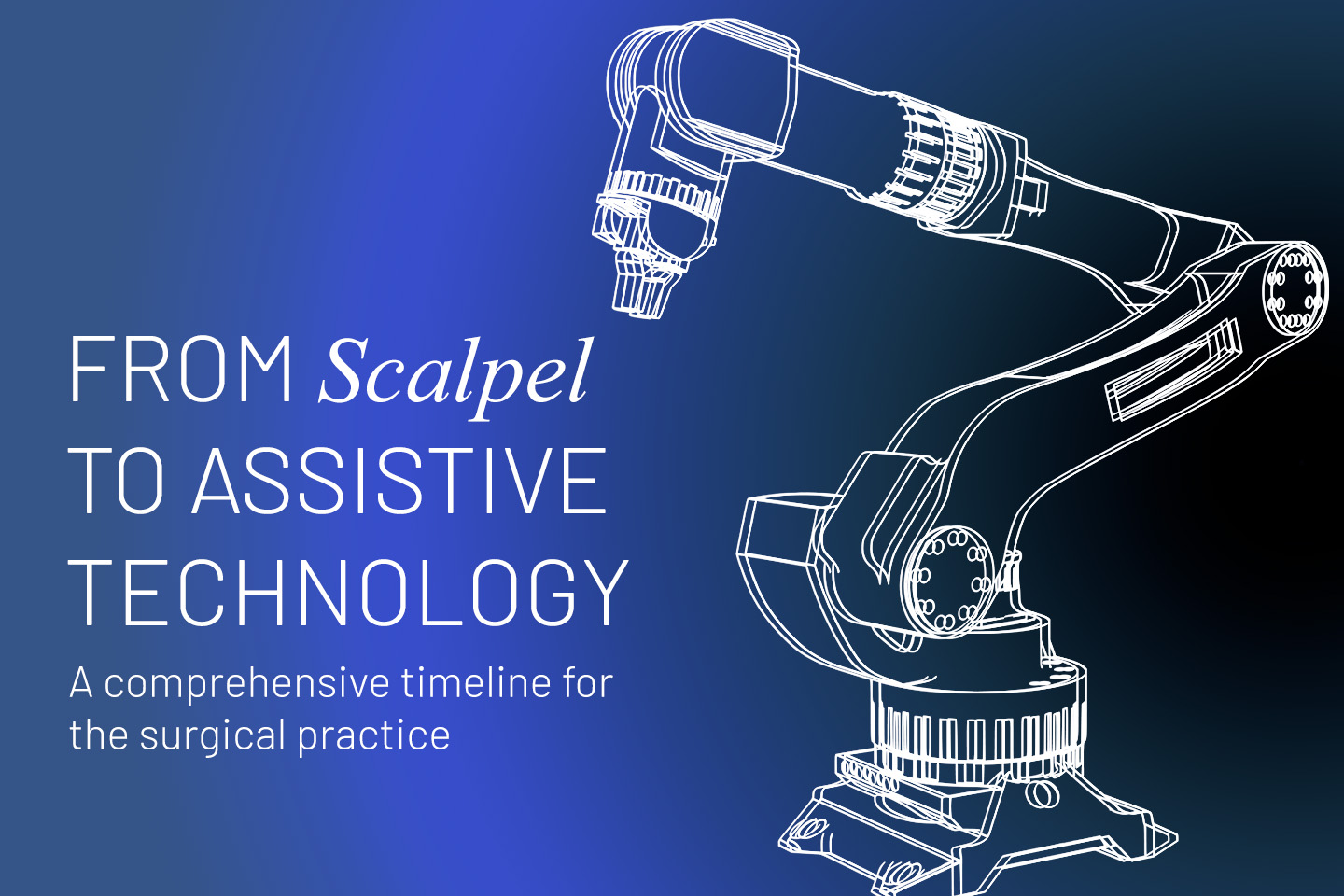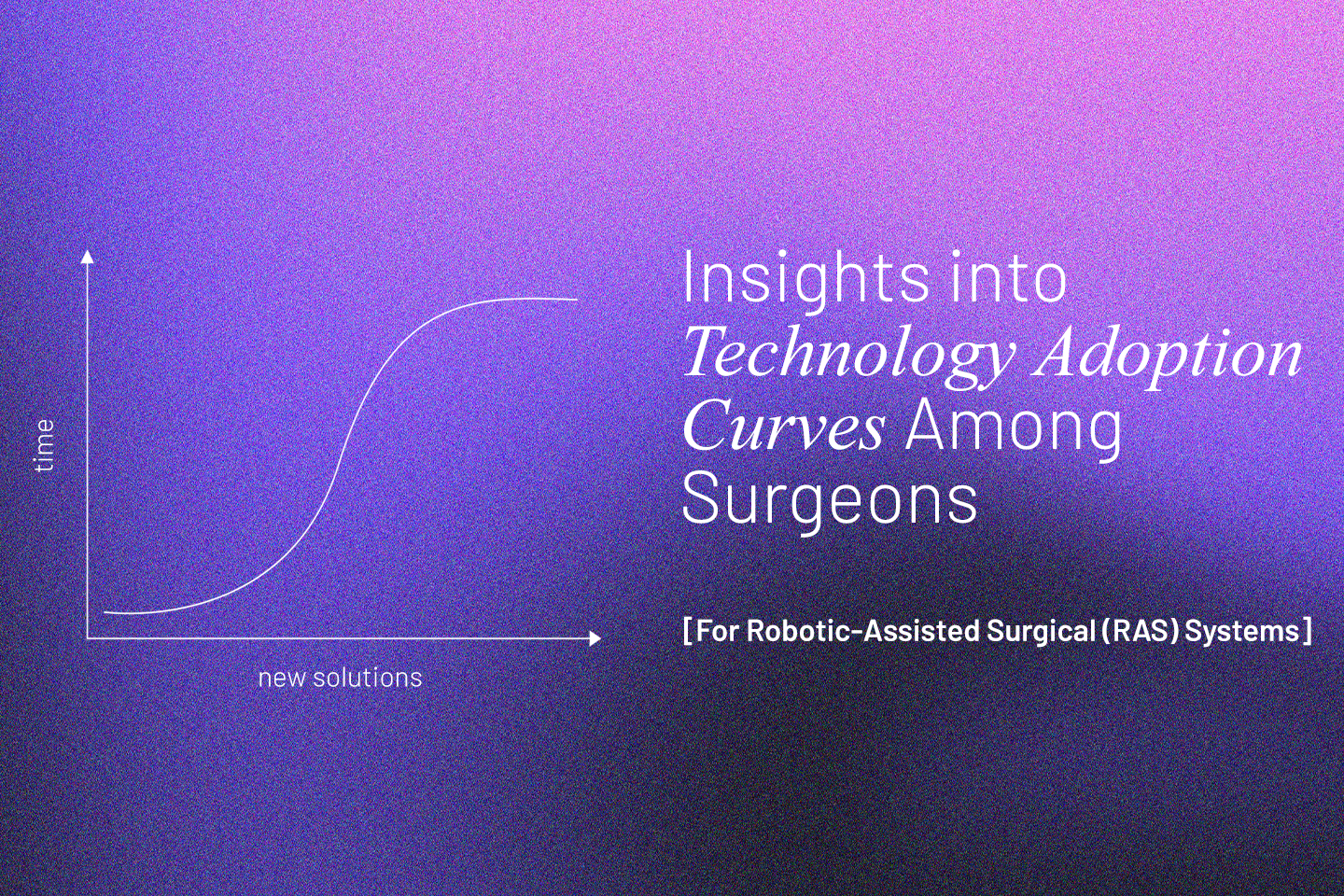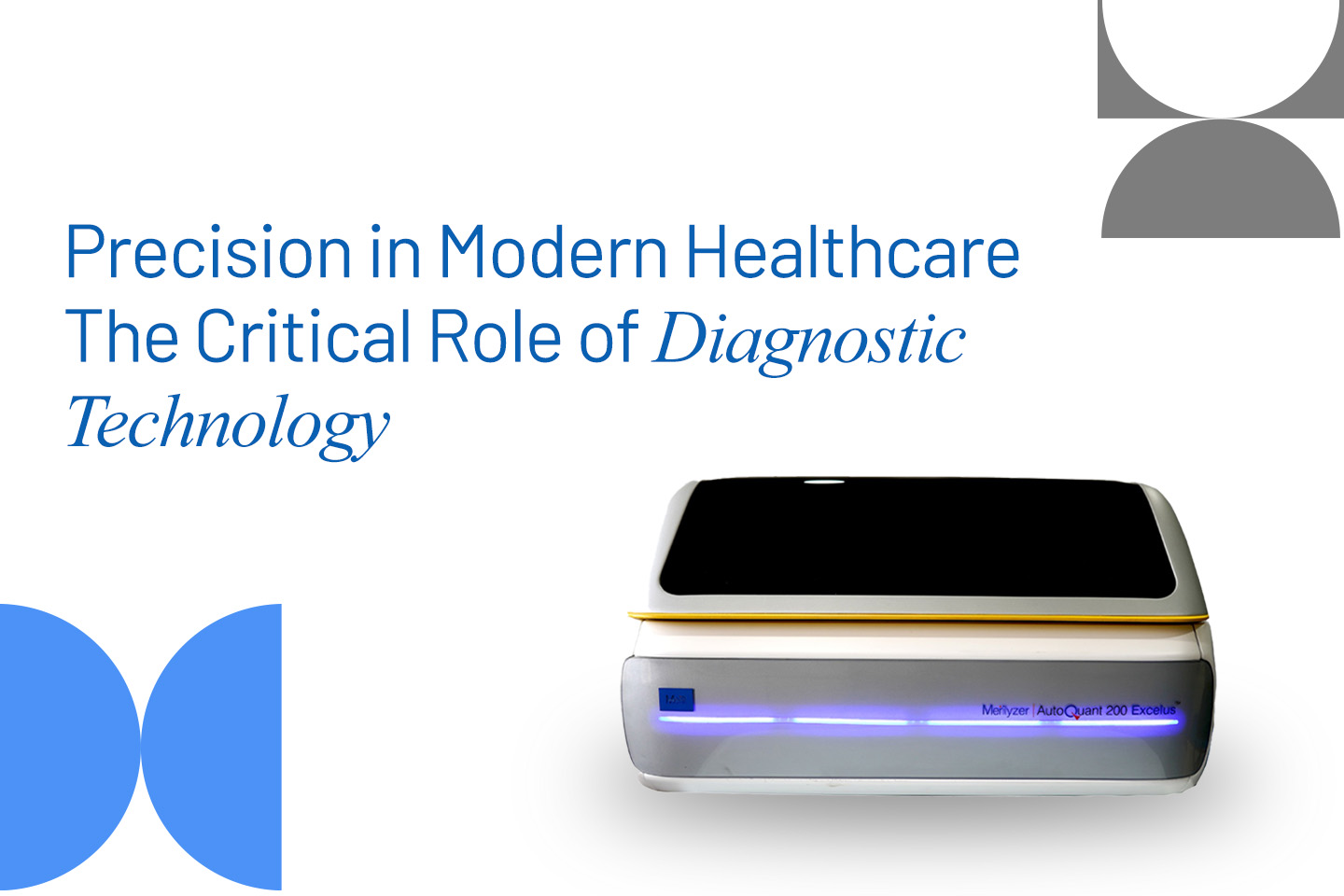Medical Devices
From Scalpel to Assistive Technology: A timeline for the surgical practice

The journey of surgical interventions in medicine is a remarkable narrative of human ingenuity, resilience, and the relentless pursuit of improvement. From the rudimentary and often highly invasive practices of early medical traditions to the sophisticated minimally invasive techniques of today, the evolution of surgery reflects broader advancements in medical science and technology.
Historical Context
Surgery has been a part of medical practice for thousands of years, with documented procedures dating back to ancient civilizations. Early surgical practices included techniques such as trepanation, where holes were drilled into the skull to treat various ailments[*](1) . While these methods were primitive, they laid the groundwork for future advancements.
By the 18th century, significant milestones began to emerge. The first successful appendectomy was performed in 1735 by Dr. Claudius Amyand[*](2) , marking a pivotal moment in surgical history. However, surgery remained perilous due to the absence of anesthesia and antiseptic techniques. The introduction of diethyl ether as an anesthetic in 1846 revolutionized surgery[*](3) , allowing for more complex procedures without inflicting unbearable pain on patients.
The Rise of Laparoscopy
The 20th century heralded a new era in surgical practice with the advent of laparoscopic techniques. The first laparoscopic cholecystectomy was performed in 1985 by Dr. Erich Mühe[*](4) , which set a precedent for minimally invasive surgery (MIS) across various specialties. This technique involved making small incisions rather than large ones, significantly reducing recovery times and postoperative complications[*](5) .
Laparoscopy's success can be attributed to several technological advancements, including the development of miniaturized cameras that provided high-quality images[*](6) . This allowed surgeons to perform intricate procedures with enhanced precision while minimizing trauma to surrounding tissues. As laparoscopic techniques gained acceptance, they paved the way for further innovations in surgical methods.
Transition to Minimally Invasive Surgery
By the late 1990s and early 2000s, minimally invasive surgery became a standard approach for numerous procedures. Techniques such as Nissen fundoplication for gastroesophageal reflux disease and laparoscopic adrenalectomy became routine due to their reduced morbidity compared to traditional open surgeries[*](7) . The focus shifted from merely performing surgeries to enhancing patient outcomes through reduced pain, shorter hospital stays, and quicker recoveries.
The introduction of robotic-assisted surgery marked another significant leap forward. Robotic systems enabled surgeons to perform complex operations with enhanced dexterity and visualization[*](8) . These systems offered three-dimensional views of the surgical field and allowed for greater precision than traditional laparoscopy.
The Future: Robotic-Assistance and Automata
Today, we stand on the brink of yet another transformation in surgical practice with devices like Meril's MISSO robotic system, HandX and MIZZO Flex. These innovations elicit the future direction of minimally invasive surgery by integrating advanced robotics into everyday surgical procedures. HandX is a handheld robotic device designed for precision tasks in laparoscopic surgery, requiring fine motor skills, while MISSO focuses on enhancing overall surgical efficiency through intuitive controls, real-time feedback mechanisms and AI pre-planning. Hysterectomy, once a high-risk procedure, has evolved into a minimally invasive surgery over time, along with robotic-assisted techniques. Technologies like MIZZO Flex enhance precision in single-access surgeries with retroflexed robotic arms and laparoscopic visualization. This allows full maneuverability within the abdomen while minimizing tissue disruption—ideal for delicate procedures like ovarian separation while preserving surrounding structures.
As we reflect on this timeline—from early practices to today's ingenious interventions—This progress encapsulates the growing understanding of human anatomy but also highlights the commitment to reducing patient suffering while maximizing surgical efficacy.
In conclusion, the trajectory from highly invasive surgeries to modern minimal access techniques illustrates a profound shift in medical philosophy: one that prioritizes patient welfare above all else. As we embrace future innovations like Meril's robotic devices, we can only anticipate further enhancements that will redefine what is possible in surgical interventions, ultimately leading us toward safer and more effective healthcare solutions for all.
Annexure: Sources
1.https://www.ncbi.nlm.nih.gov/books/NBK448145/
2. https://jamanetwork.com/journals/jama/fullarticle/2679943
3. https://www.ncbi.nlm.nih.gov/books/NBK448145/
4. https://pmc.ncbi.nlm.nih.gov/articles/PMC3015420/
5.https://karger.com/books/book/2254/chapter-abstract/5720036/History-of-Laparoscopic-Cholecystectomy?redirectedFrom=PDF
6. https://www.sages.org/wiki/laparoscopic-cholecystectomy/
7. https://www.ncbi.nlm.nih.gov/books/NBK448145/
8. https://pmc.ncbi.nlm.nih.gov/articles/PMC3015420/





